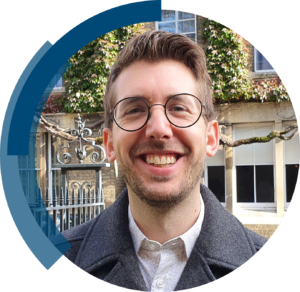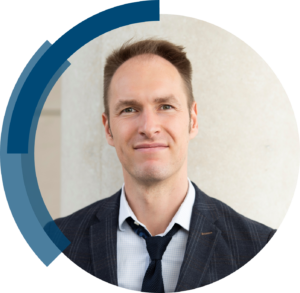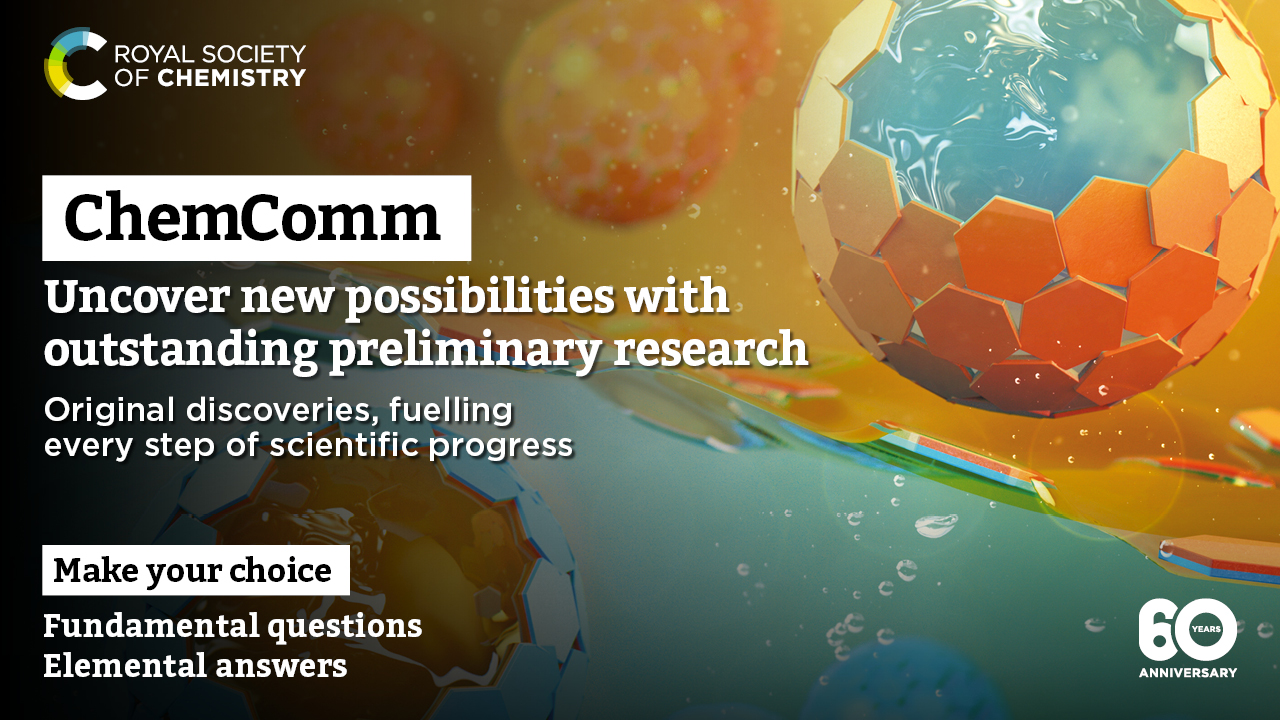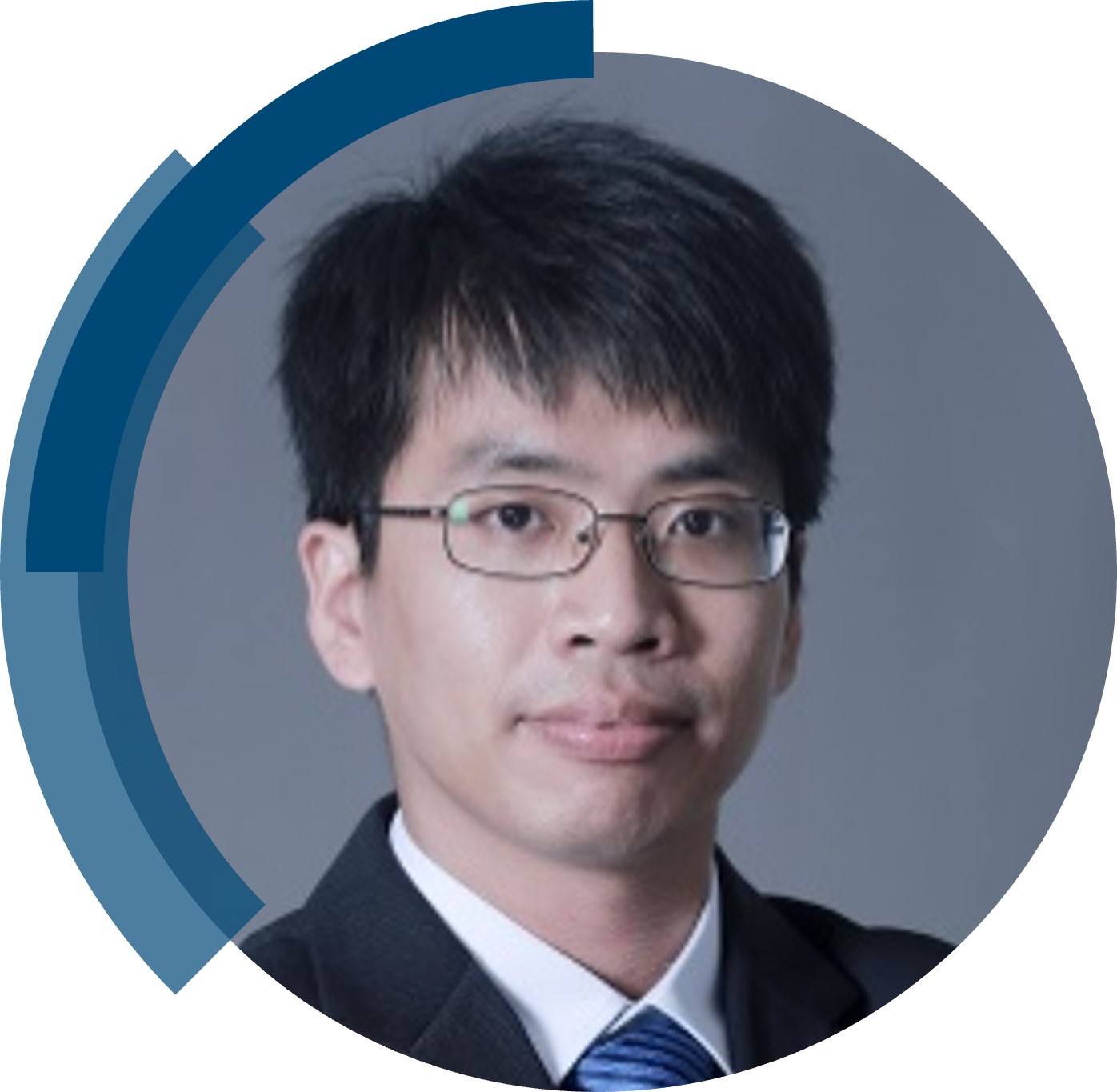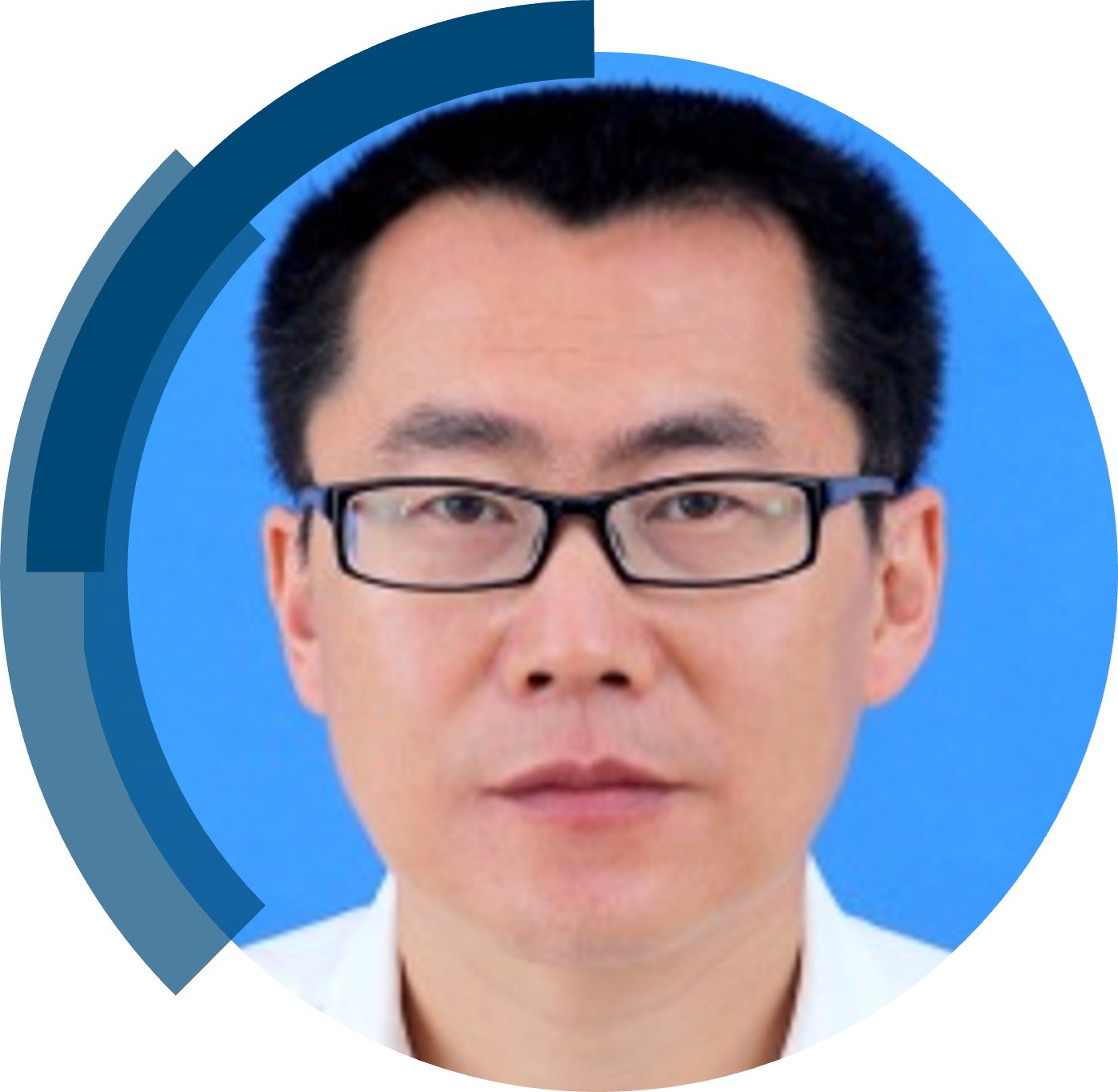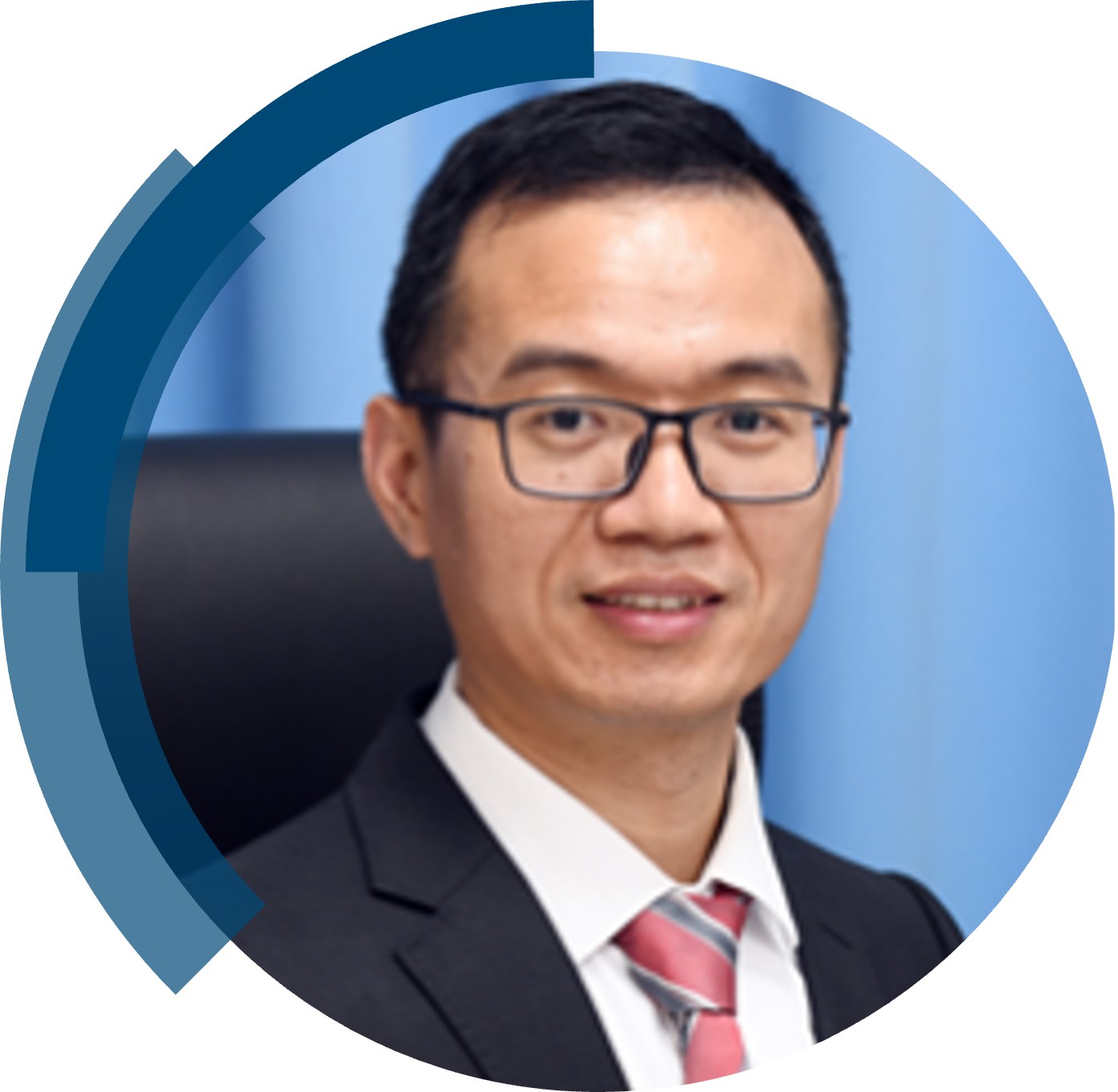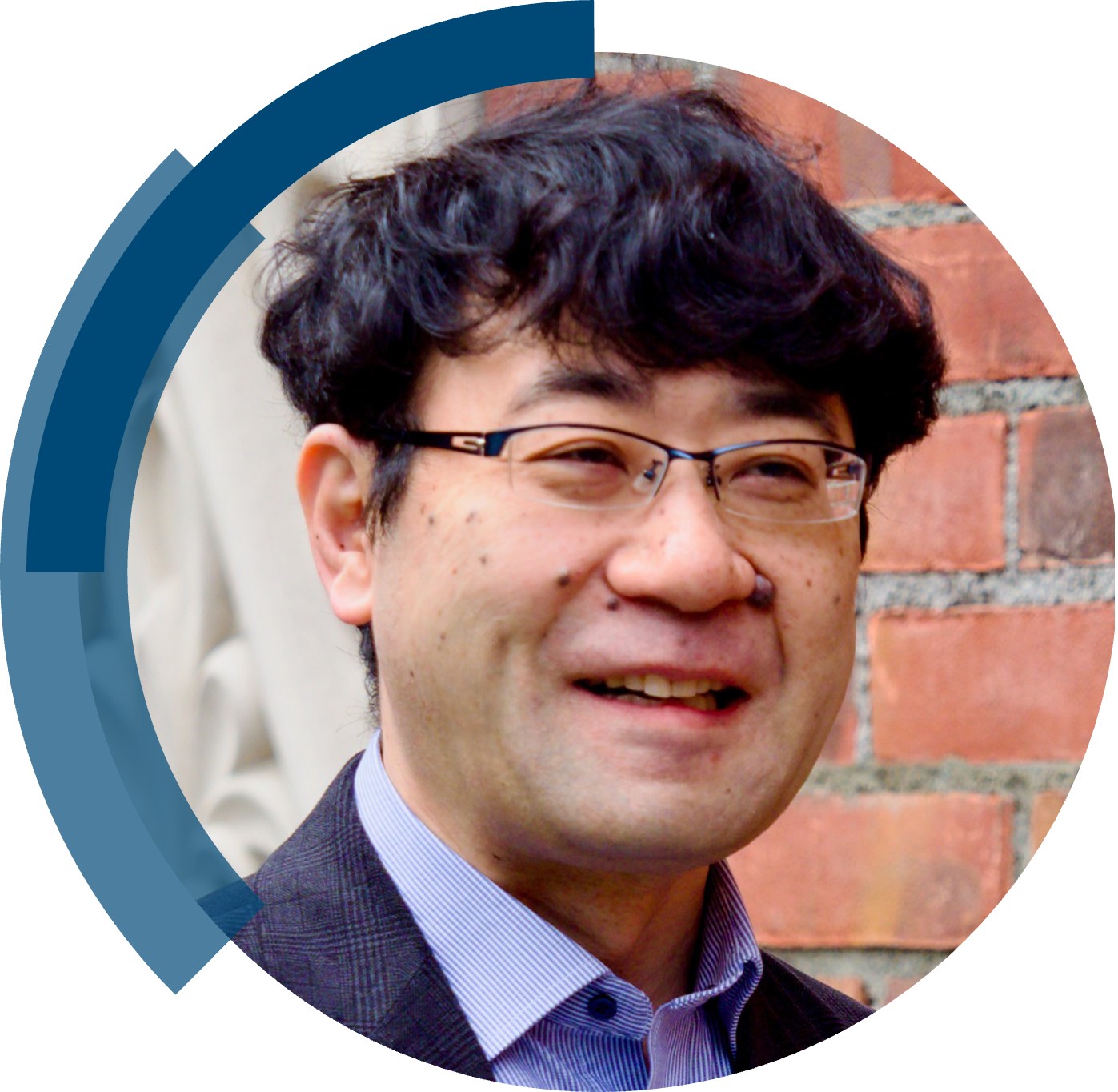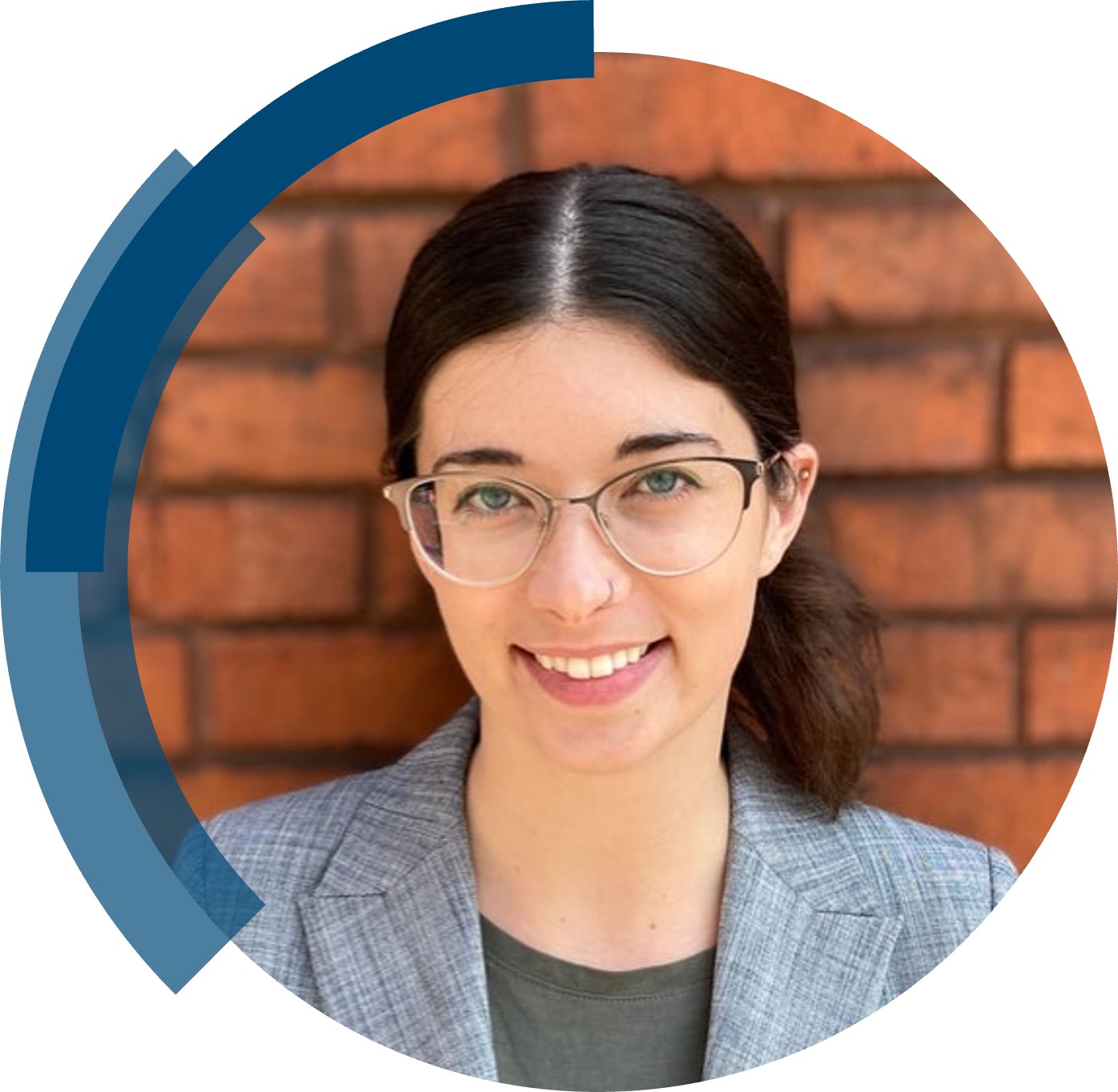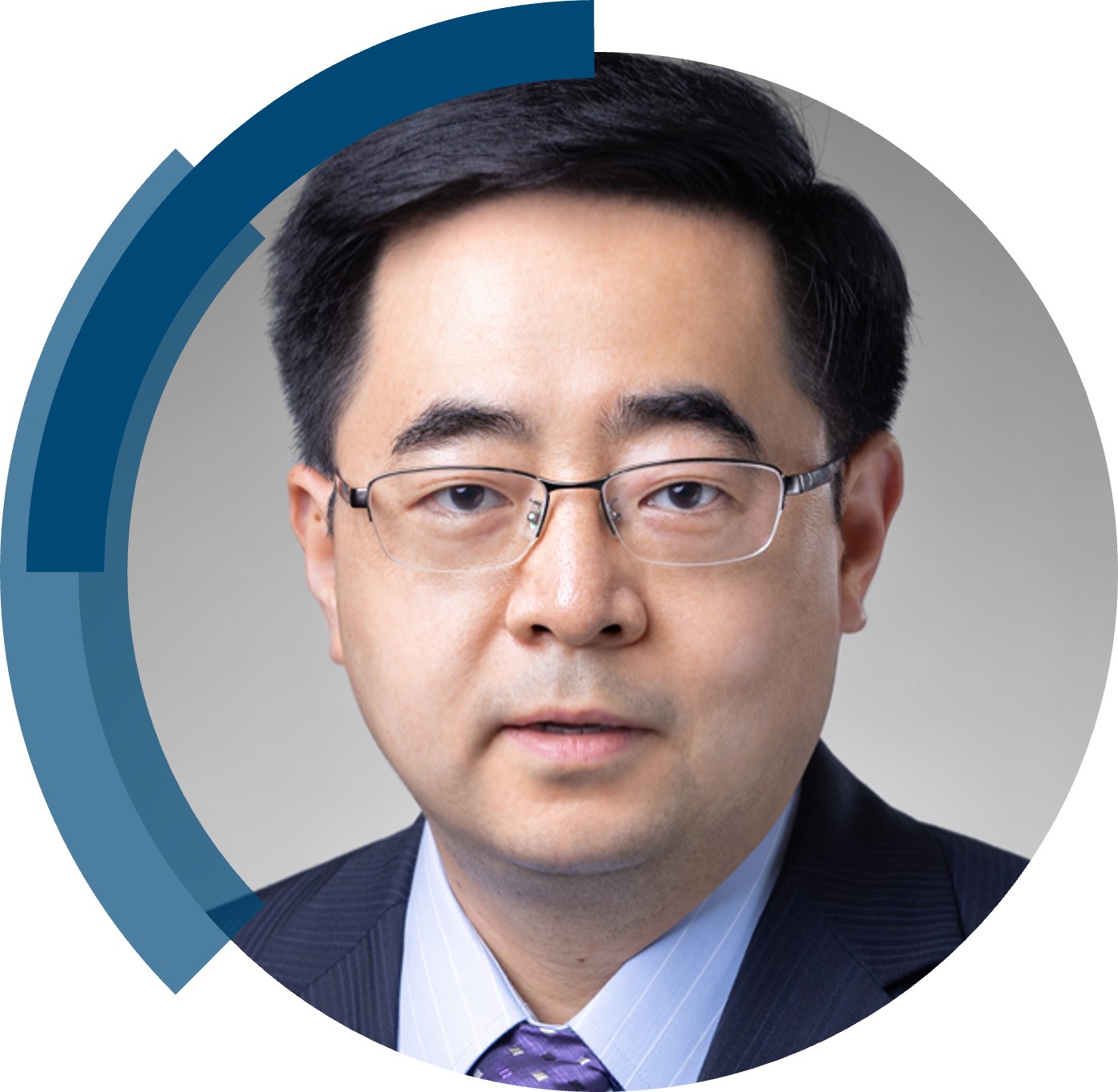We are excited to share the success of Puja Prasad’s first-time independent article in ChemComm; “Aggregation-induced emission luminogens for latent fingerprint detection” included in the full milestones collection.
Read our interview with Puja below.
What are the main areas of research in your lab and what motivated you to take this direction?
Our laboratory is working on the synthesis and applications of metal complexes in biosensing and therapeutics. Presently we are broadly working on three areas: (a) development of metal-based complexes as antibacterial and anticancer agents, (b) design of high-throughput sensor arrays for pathogen identification and antimicrobial susceptibility test, and (c) development of novel luminogens probes having the unique property of aggregation-induced emission (AIE) for the detection of amyloids, metal ions or visualization of latent fingerprinting (LFP), etc.
Cancer and infectious diseases are the leading causes of death worldwide. The development of novel diagnostic and therapeutic agents is essential for the efficient treatment of these diseases. Therefore, we are motivated in designing aggregation-induced emission luminogens (AIEgens) theranostic probes to combat both of these deadly diseases
Can you set this article in a wider context?
Latent fingerprinting (LFP) plays an important role in the identification of individuals mainly in the realm of criminal investigation. Our highlight article has shown the development of AIEgens in the field of LFP detection. AIEgens with opulent photophysical properties, such as large Stokes’ shifts, high quantum yields, long luminescence lifetimes, and high photostability have emerged as potential candidates to provide prima facie evidence of individual identity.
This highlight focuses on the structural design of AIE-active molecules and their interactions involved in LFP detection. In addition, several future perspectives and new strategies have been highlighted for overcoming the limitations associated with AIEgens in LFP visualization. We believe that this “highlight” will help in the rational design of AIE-active molecules and inspire the scientific community to explore the full potential of AIE materials in the field of forensic and biometric sciences.
What do you hope your lab can achieve in the coming year?
In the coming year, our lab would like to explore the application of AIEgens in various biosensing and therapies, and contribute significantly to the scientific community.
Describe your journey to becoming an independent researcher.
The turning point in my life was when I got selected for an integrated Ph.D. program at the Indian Institute of Science (IISc) Bangalore, a highly reputed research institute in India. During my master’s, I became interested in chemical biology and medicinal chemistry. Therefore, I joined Ph.D. in medicinal inorganic chemistry laboratory and worked on design and synthesis of oxovanadium(IV) complexes for the application in photodynamic therapy (PDT) under the supervision of Prof. Akhil R. Chakravarty in the Department of Inorganic and Physical Chemistry, IISc Bangalore, India. After completing my Ph.D. in 2014, I was offered a postdoctoral position at Rutgers University, USA and worked on a nanoparticle-hydrogel composite system for the delivery of anti-inflammatory drugs with Prof. Patrick. J. Sinko. I was awarded a National Postdoctoral Fellowship (NPDF) and CSIR-Senior Research Associate position in 2016 and 2019, respectively, and worked under the mentorship of Prof. Shalini Gupta at the Indian Institute of Technology (IIT) Delhi. At IIT Delhi, I was involved in developing novel platform strategies for targeting, removal and screening of bacterial infections to combat antimicrobial resistance (AMR). In July 2022, I joined as an Assistant Professor at Amity University Uttar Pradesh, Noida.
What is the best piece of advice you have ever been given?
One of the best pieces of advice ever given to me was to “carefully analyze the data after each experiment.”
Why did you choose to publish in ChemComm?
I chose to publish in Chem Comm because it is an internationally recognized and highly reputed journal. Further, Chem Comm has a wide readership with a broad range of influential and diverse fields of audience. This will help to increase the visibility of my group within the scientific community.
Explore more ChemComm Milestones news and updates on our X Feed (@ChemCommun) and LinkedIn (ChemComm Journal)















